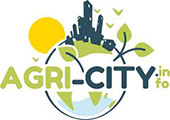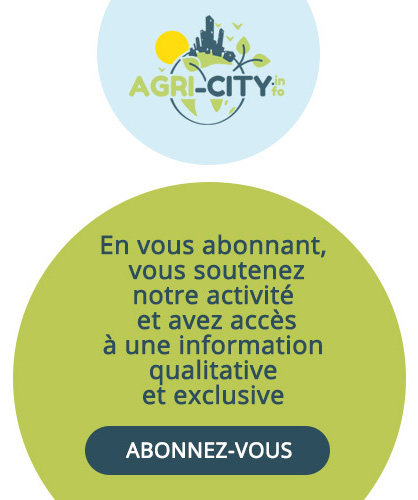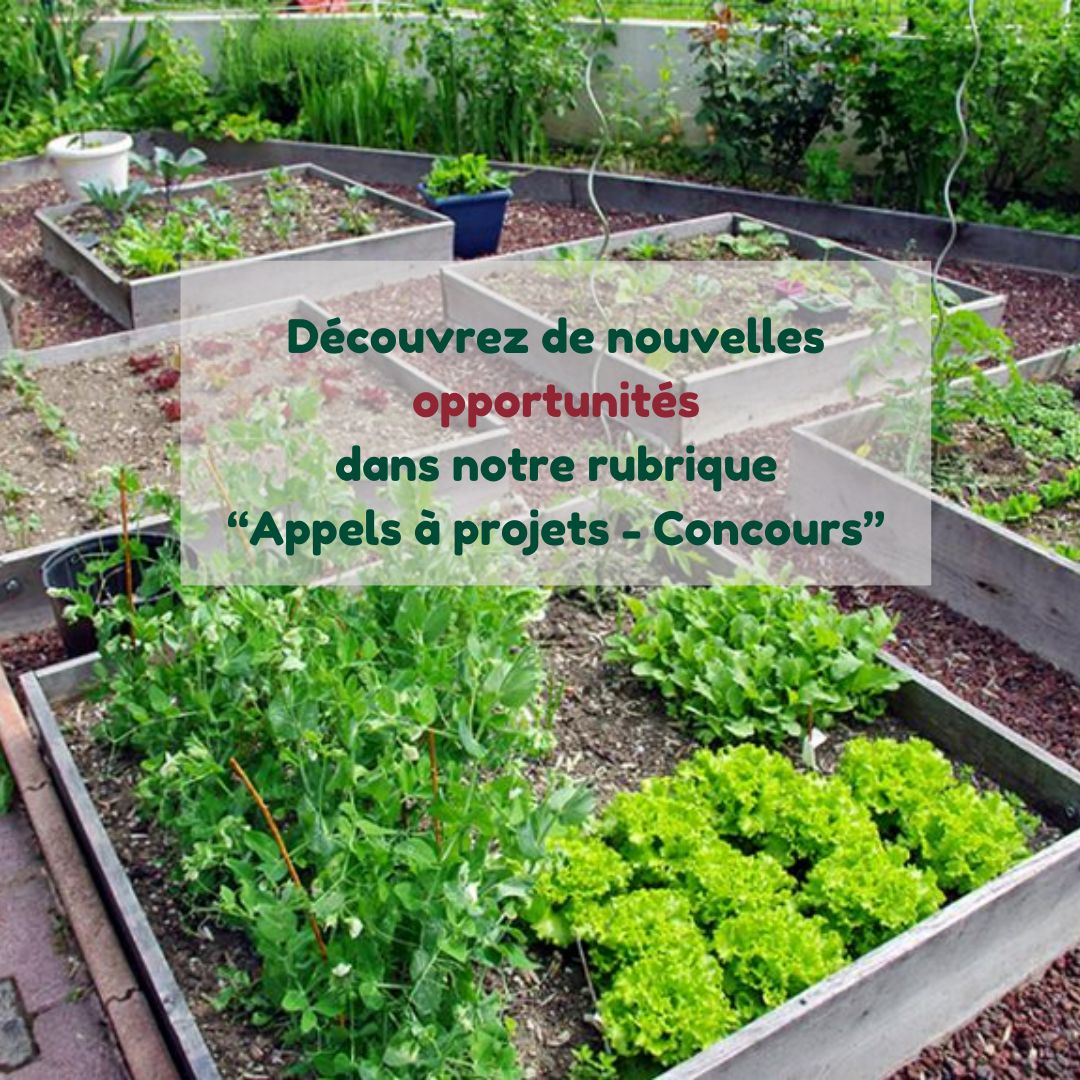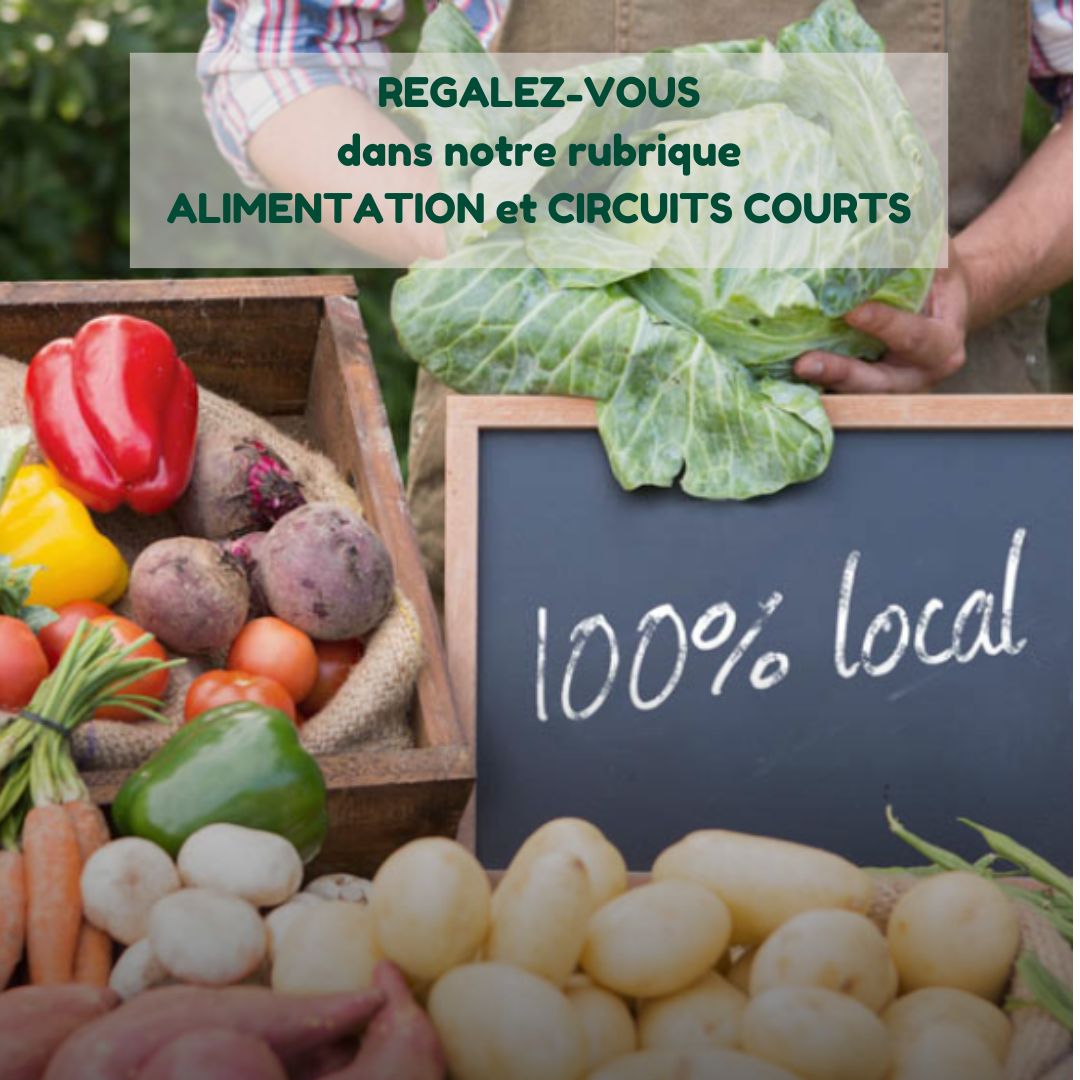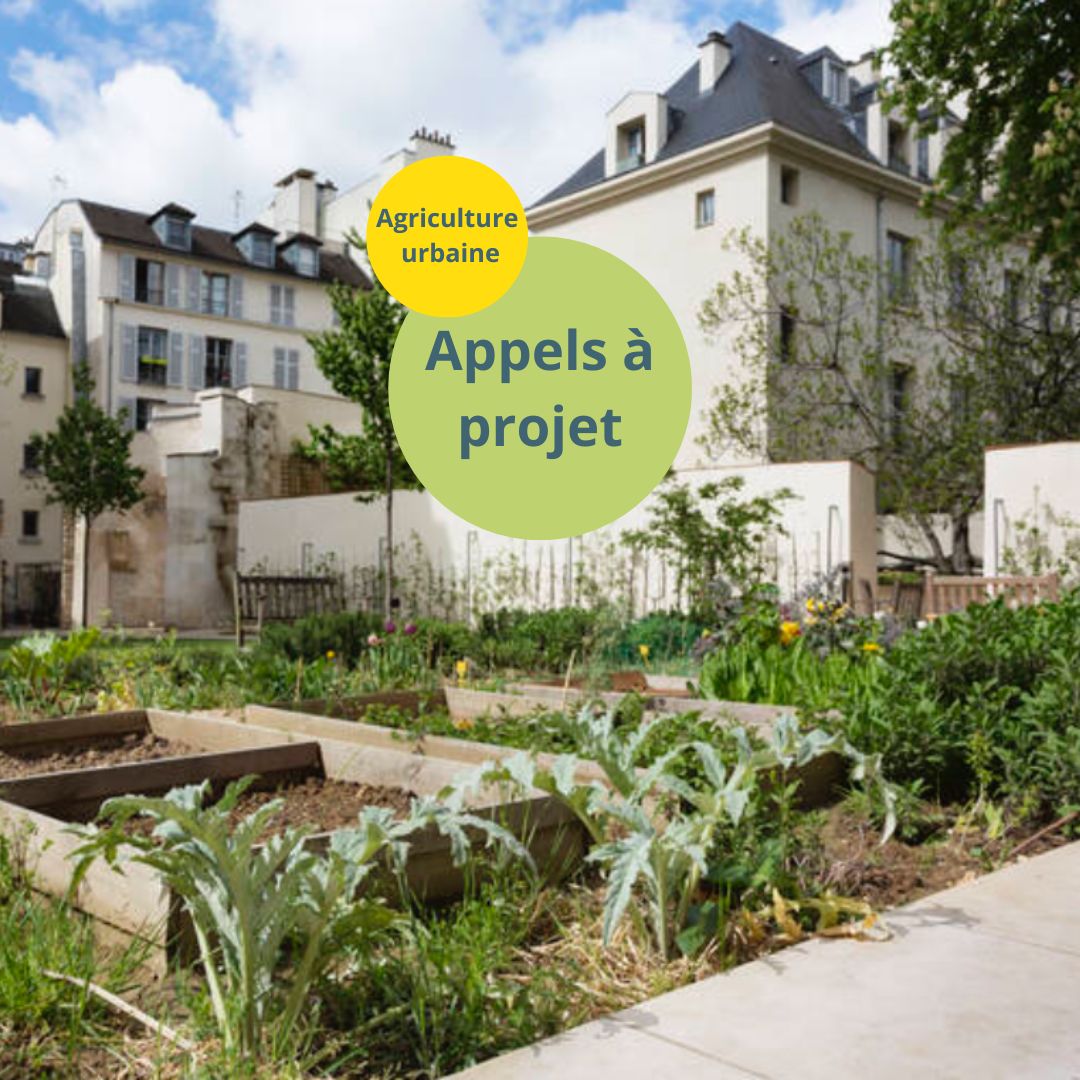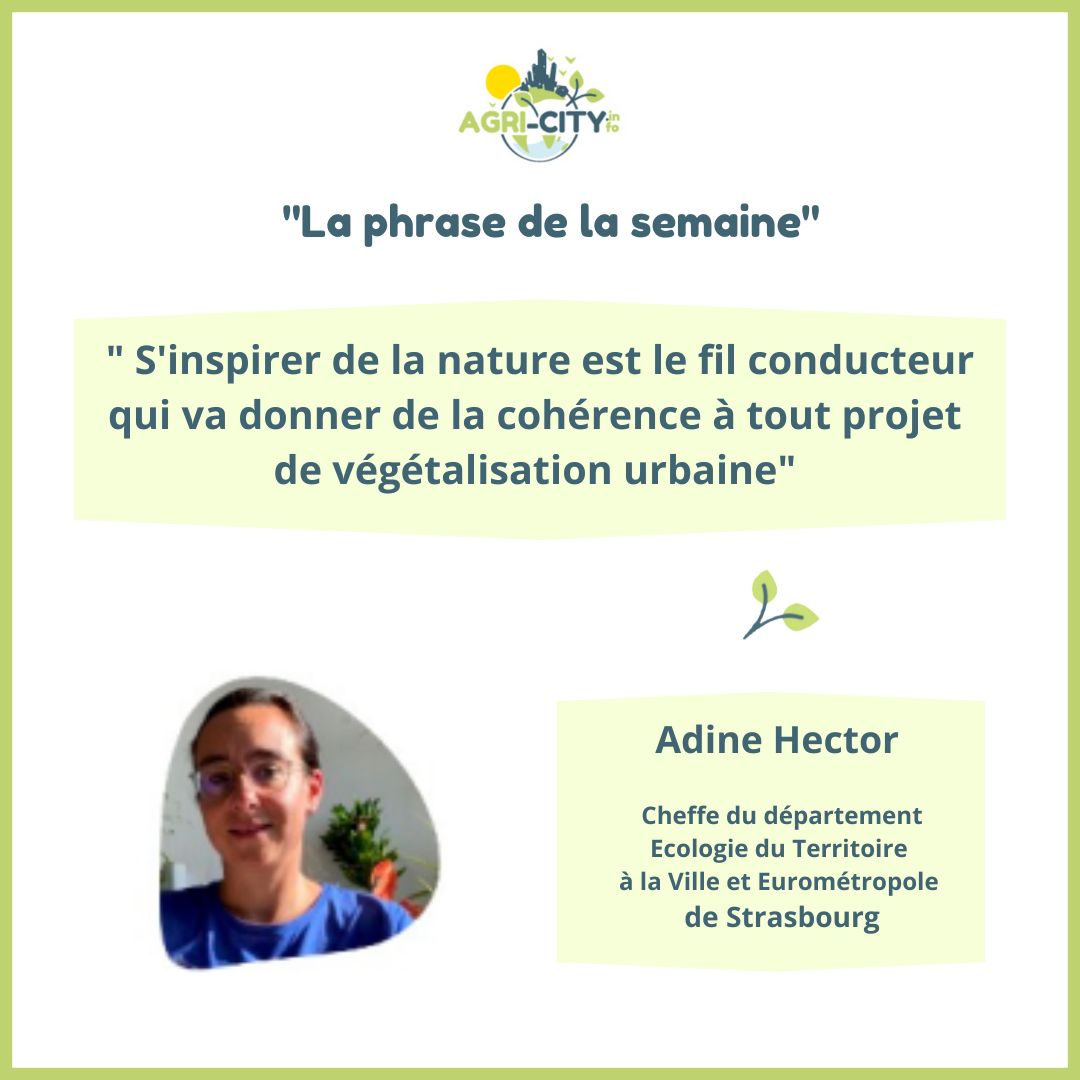The Urban Gardeners of Berlin
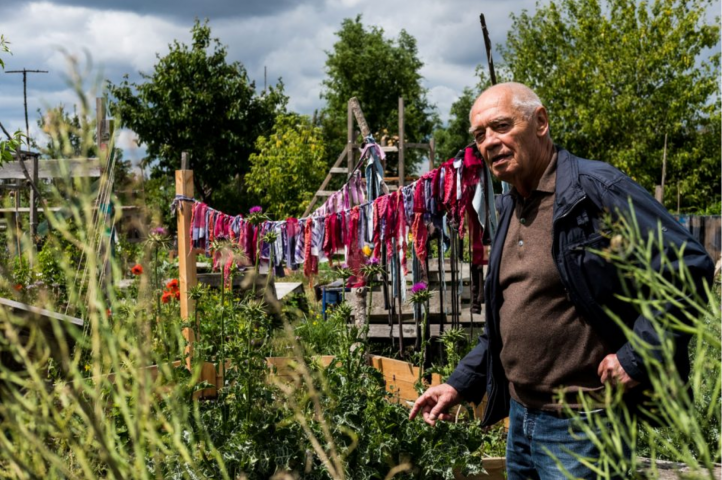
For over 100 years, the German capital has used its green spaces to grow food and flowers in allotments known as schrebergarten. In war-time, gardeners were vital workers in the city, supplying additional nutrition to its inhabitants. Since then schrebergarten have evolved into modern-day community gardens. Their popularity has risen and fallen over the last 50 years, popping up on spare land only to be built over years later. Recently with increasing climate pressures, there has been a new wave of the urban gardening movement, that has sent fresh ripples across the city.
There are multiple prominent citizen-run urban gardens in Berlin, such as Prinzessinnengarten in the city’s centre and Himmelbeet to the north-west. “Our focus is not so much the production of big amounts of food, but on education and participation,” says Hanna Burckhardt from Prinzessinnengarten. She explains how “gardening is a tool to bring people together.” Amelie Stieg from Himmelbeet garden describes the rapidly growing interest in the city: “It is a hype in Berlin, to enjoy being here drinking a beer, in a green environment while growing your own vegetables in boxes. The challenge is that the social aspect does not take over the gardening.”
Both gardens, along with handfuls of others in the city, are focused on building stronger community ties and educating visitors on the process of growing food. They also provide another substantial but less obvious benefit to their urban environment. Amelie, who completed her masters in Geological Science, explains the environmental impact of urban gardens: “It is really important for the diversity of insects to have a good ecological system in the city. Also, it is getting warmer, and plants help to have a lower temperature.” She concludes by expressing the value of each garden: “Every garden counts.”
Room for growth?
However, in a thriving city – even one that is committed to being green such as Berlin – finding space for urban gardens is a continuous battle. Land is scarce, and some organisations are becoming increasingly innovative when it comes to finding plots. One community garden, Tempelhofer Feld, is located on the grounds of Berlin’s abandoned Tempelhof Airport. Digging into the soil is not allowed. Instead, the garden is creatively constructed from recycled materials, making up boxes and benches where visitors are free to enjoy the open space.
(...)
